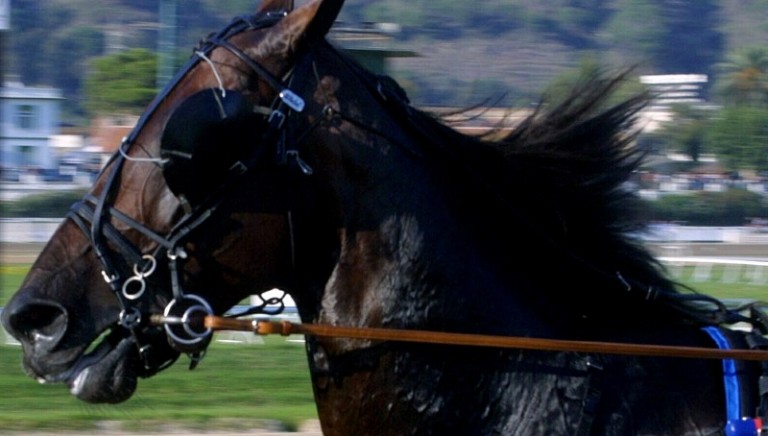How To Treat An Open Wound On A Horse?This is a important question open to all people, adults and children, who love their horses when they get wound.Historians write that 12 million horses were used in World War II. Very few of them returned home. In This Article we are going to share the first aid treatment of wounded horse.
All wounds of a bad character require the attention of an experienced veterinary, and they are the best let alone till
he comes. All that can be done is to sponge the place well with warm water and keep it clean.If the wound be not deep-seated, and ‘also not in a dangerous place, the divided parts of the skin should be carefully drawn together
by means of a few stitches with a needle and thread.
Strappings of adhesive plaster may be made use of, Friar’s balsam applied upon a piece o flint,and the whole secured by a bandage.When the edges o f the wound are so far apart that they cannot conveniently be drawn together, the best plan is to apply a poultice, either of linseed-meal or bread and water; the former is to be preferred, as retaining warmth for the longest time.If the place comes to a swelling, and is likely to bicak,it ma’y be forwarded by the free use the following liniment.
These Ingredient You Must Use For Horse Wound Treatment
4 oz o f fresh olive-oil, i j oz. o f spin Is o f turpentine, I oz. o f tincture o f camphor, I oz. o f tincture o f opium, the
yolk o f I fresh egg.
Mode:
You need to mix these ingredients w ell together, and keep them in a bottle for use. Apply the liniment warm to the wound, but do not touch the surrounding swelling.When all the matter has beer discharged, wash the part with warm water, and dress it with Friar’s balsam or tincture o f ‘arnica diluted in the proportion o f one part arnica to ten o f water. If proud flesh appears, it must be got rid o f by the judicious application o f caustic, or by a little blue-stone or burnt alum.
